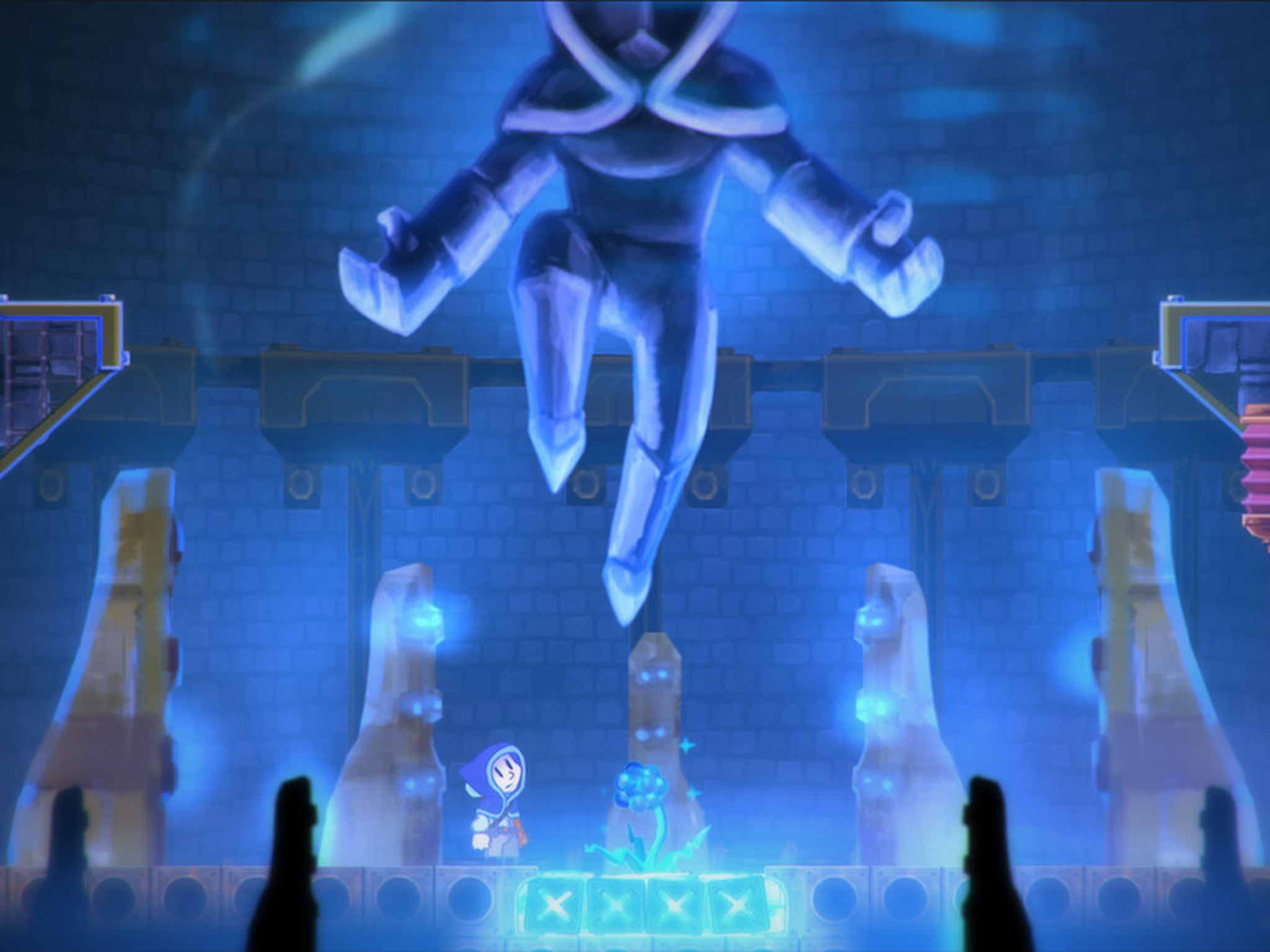Teslagrad review: puzzling fun and frustrations
3/5
PC, Wii U, PS3, PS4, PS Vita (£11.99)

Your support helps us to tell the story
From reproductive rights to climate change to Big Tech, The Independent is on the ground when the story is developing. Whether it's investigating the financials of Elon Musk's pro-Trump PAC or producing our latest documentary, 'The A Word', which shines a light on the American women fighting for reproductive rights, we know how important it is to parse out the facts from the messaging.
At such a critical moment in US history, we need reporters on the ground. Your donation allows us to keep sending journalists to speak to both sides of the story.
The Independent is trusted by Americans across the entire political spectrum. And unlike many other quality news outlets, we choose not to lock Americans out of our reporting and analysis with paywalls. We believe quality journalism should be available to everyone, paid for by those who can afford it.
Your support makes all the difference.Teslagrad’s opening is an exercise in lightweight storytelling and scene setting. Without voice acting nor text, you quickly gain an insight into this European-cum-steampunk world as your character, a young boy, dashes across the rainy rooftops while evading unknown assailants. The game begins proper as you find shelter in a mysterious tower at the edge of town, and the game reveals itself as a metroid-vania style adventure, with the emphasis on puzzle solving over action.
Exploring the tower, you’ll soon gain the ability to control the polarity of certain objects, displayed by being either red or blue, and magnetism becomes the central concept behind many of the puzzles. Changing the polarity of blocks can open doors, lift platforms and even repel you across rooms. Other items slowly open up new abilities as well, including a dash move that allows you to pass through thin walls and a cloak that enables you to change your own polarity. The puzzles start off rather basic, turn the platform you’re on the same colour as the ground to get propelled upwards, but the game starts to demand more of you as it progresses and you’ll soon find yourself in rooms scratching your head, wondering how to reach that collectible.
Despite a focus on puzzle solving, there are a number of hazards and enemies to avoid, from wild beasts to electric barriers, one hit and your character will fall and restart at the entrance to the room. This isn’t a problem in the early game, rooms start off small and easily navigable, but later on, simply getting to the puzzle you're aiming to solve can become an issue. The game also throws several bosses at you over the course of your adventure and these have the potential to be severe stumbling blocks to less seasoned players. With no room for error, one misstep can see you starting the boss from the very beginning; particularly frustrating as it can hold players back from experiencing more of slower paced puzzle solving beyond.
There are a number of other small issues that rear their head as you progress, one of the major ones being the lacklustre map, a necessary feature in a game this size. Some puzzles will also have you pondering whether you have the right equipment to complete them at all. This is only the Norwegian studio’s second outing, and I think because of that, a lot of the minor annoyances and difficulty spikes could have been ironed out with further play-testing.
Overall there’s a lot to like. The art style is beautiful and evocative, the music accompanies the action well and a lot of the puzzles are both challenging and fun. It’s just a shame that some of those puzzles will be behind bosses or difficulty spikes that I feel many players will give up on in frustration.
Join our commenting forum
Join thought-provoking conversations, follow other Independent readers and see their replies
Comments